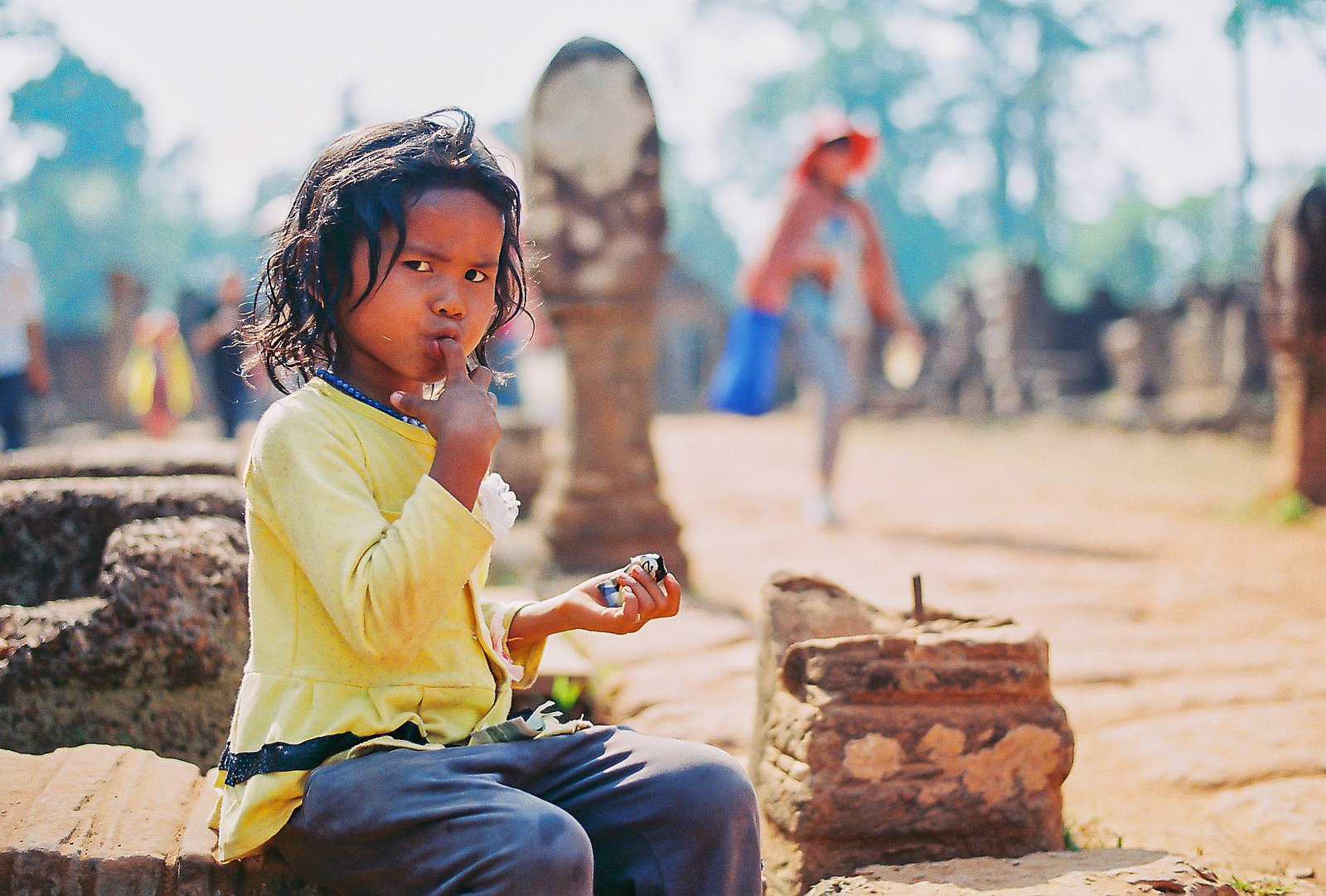In the United States, the first successful effort to end child labor began in 1938. Under the Fair Labor Standards Act, 16 became the minimum age for jobs during school hours, 14 for jobs after school hours, and 18 for hazardous jobs.
The seedy history of 12-year-olds laboring in factories for 18 hours a day, six days a week seemed to be a thing of the past.
Take Action: Call on World Leaders to Fund Another Year of Education Cannot Wait
Except that wasn’t the end of child labor. All over the world, and even in the US, children continue to toil their childhoods away often in dangerous conditions, according to a new report.
Today, an estimated 152 million children aged 5-17 work, according to the United Nations’ International Labour Organization.
More than half of the total jobs held by children, 73 million, are in dangerous conditions. The vast majority of children, seven in 10, are working in agriculture, according to the report.
Read More: Yes, Slavery Still Exists — These Countries Are the Worst Offenders
“Poverty is the main cause of child labour in agriculture, together with limited access to quality education, inadequate agricultural technology and access to adult labour, high hazards and risks, and traditional attitudes toward children’s participation in agricultural activities,” ILO said in a newly released report, Ending child labour by 2025: A review of policies and programmes.
Across countries, boys are at a higher risk of being forced into work than girls, but the report notes that this figure does not fully take into account domestic chores and labor. Throughout the world, girls are regularly pulled from school so that they clean homes, collect water, and prepare meals, among other tasks.

Since 2000, the number of children working has dropped by 94 million, which the ILO attributes to laws being passed, greater enforcement of these laws, investments in education, and a decrease in conflict in parts of the world.
Conversely, the report found that child labor is 77% higher in countries with armed conflict than the global average, which means that finding solutions to conflicts in countries such as Syria and Yemen will likely lead to less child labor.
Read More: Meet 14-Year-Old Julius – One of 3 Million Child Laborers in Tanzania
Overall, the ILO report makes clear that there is a lot of work to be done.
“Now we must turn this renewed commitment into accelerated action and consign child labour to the dustbin of history, once and for all,” the report states.
Global Citizen campaigns to ensure universal access to education, which would go a long way toward eliminating child labor. You can take action on this issue here.
Here are how the five regions of the world compare when it comes to child labor.
1/ Arab States / 2.9% Child Labor Rate / 1,162,000 Children Working
The real level of child labor is hard to gauge throughout Arab states because, according to the ILO, many children work in the informal sector. In the United Arab Emirates, it’s common for child victims of human trafficking to work as camel riders, the ILO notes. In recent years, warfare has devastated countries including Yemen, Syria, Libya, and Iraq, and children are being forced to work as sex workers, soldiers, and drug traffickers.
Read More: ‘There Are Many Other Kids Here’: One Syrian Boy Tells His Story of Child Labor
2/ Europe and Central Asia / 4.1% Child Labor Rate / 5,534,000 Children Working
In Moldova, for example, some schools have reportedly signed contracts with agricultural groups that require students to work. In Bulgaria, many children work in the the tobacco industry, where putting in 10 hours a day is common. Children in Albania, also work predominantly in agriculture. Drug trafficking, forced begging, and sexual exploitation are some of the worst forms of labor children are subjected to in not just this region, but globally.
3/ Americas / 5.3% Child Labor Rate / 10,735,000 Children Working

Throughout the Americas, agriculture and domestic work are the dominant forms of child labor, but a high proportion of children are engaged in sex work, according to the US Department of Labor. Progress is being made, however. In 2016, Argentina banned hazardous work for children under 18, Brazil passed a new law criminalizing sexual exploitation, and Belize and Haiti both secured their first child trafficking convictions, according to the DOL.
Read More: Guatemala Just Rescued 22 Children From Forced Labor
4/ Asia and the Pacific / 7.4% Child Labor Rate / 62,077,000 Children Working

Child labor throughout this region varies considerably, as do mitigation efforts. In Afghanistan, child laborers are involved in everything from farming to mining to selling goods, and the worst forms of child labor in the country are likely armed conflict and sexual exploitation. In Indonesia, children fish, lay bricks, and drive buses, and, as elsewhere, are forced into sexual exploitation, forced begging, and more. Both of these countries have made efforts in recent years to crack down on wage exploitation, slavery, and the use of child labor in general, but children are still being forced to work.
Read More: Child labor falls 64% in India over last decade
5/ Africa / 19.6% Child Labor Rate / 72,113,000 Children Working
With nearly one in five children working throughout the continent, the forms of child labor in Africa are diverse. More than a million children are engaged in gold mining and cocoa producers across West Africa regularly enlist children. The vast majority of children engaged in agricultural work across Sub-Saharan Africa are working on family farms, highlighting how familial poverty can push children out of school. Young girls in Southern Nigeria are routinely forced into international sex work.
While policies throughout the continent are being enacted to stamp out the worst forms of child labor, enforcement is inconsistent, and six countries in Sub-Saharan lack a framework for dealing with the worst forms of child labor.